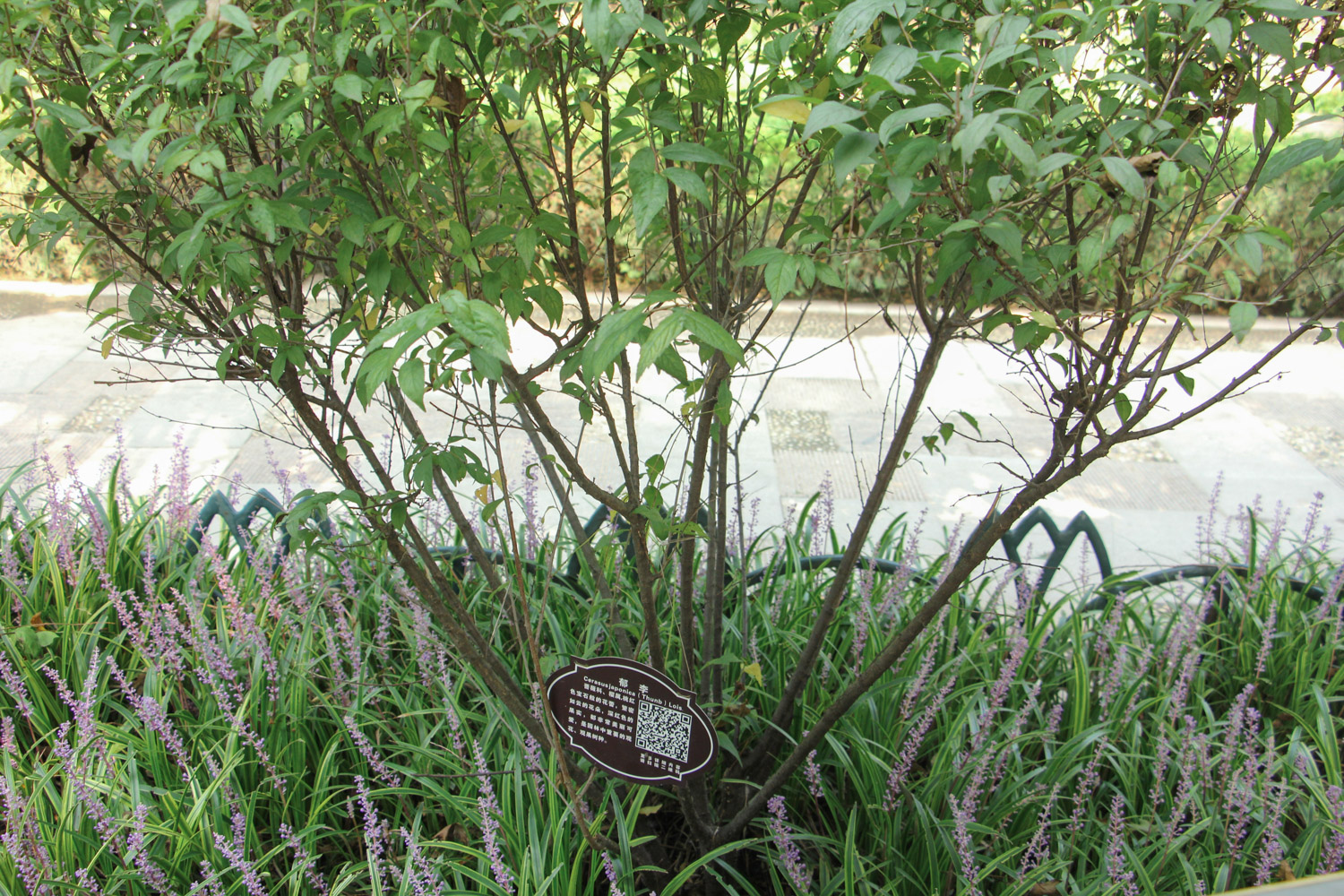1、 Curing method
1. Temperature: it is a plant that is easy to feed, and its temperature conditions are not high. It can thrive even in the cold northeast three provinces, but it still prefers a humid and warm environment. Therefore, if you want to feed it well, you need to keep the temperature between 10 and 30 degrees

2. Watering: as mentioned above, it likes a humid environment, so it is necessary to keep the soil moist for a long time. If the weather is hot, it is generally supplied with water once a day. If the temperature is lower than 20 degrees, it is given once or twice a week. It should be noted that every time you water the soil until it is all wet, you can't let there is water in the soil, otherwise it will easily lead to plant root rot

3. Fertilization: after successful colonization, bone meal can be mixed in the soil at the root as the base fertilizer, because it is a perennial plant. It is not enough to rely on the nutrients in the soil alone. It is necessary to apply thin fertilizer to the soil once a month

4. Light: it likes a semi shady growth environment. When it is maintained in summer, it should be shaded. The daily light time should not exceed six hours. It is best to focus on astigmatism when it is illuminated. In autumn and winter, the illumination time can be extended to about eight hours a day

2、 Breeding skills
1. Transplanting: if it is a plant propagated by sowing, it should not be transplanted too early. It should wait until it grows three true leaves before transplanting, because the resistance ground is strong at this time, and the survival rate of transplanting will be higher

2. Pruning: for adult plants, pruning is mainly based on thinning branches, because some branches grow too lush, which will lead to uneven nutrient distribution and affect the growth of the whole plant. Therefore, those redundant branches need to be pruned

3、 Problem diagnosis
1. Insect pests: its main pests are aphids. Aphids like to be adsorbed between branches and leaves. They feed on the juice of the plant, which will affect the growth of the plant. If found, they can use carbendazim solution to remove the insects

2. Pathological changes: its main disease is brown spot. To treat brown spot, you can spray it with carbendazim solution with a concentration of 50%

4、 Other issues
1. Toxicity: it has no poison, not only no poison, but its branches, leaves and roots can also be used as Chinese herbal medicine to reduce blood pressure

2. Main functions: in addition to being used as medicine, it has beautiful flower shape and elegant plant body. It is a good garden ornamental plant


 how many times do yo...
how many times do yo... how many planted tre...
how many planted tre... how many pine trees ...
how many pine trees ... how many pecan trees...
how many pecan trees... how many plants comp...
how many plants comp... how many plants can ...
how many plants can ... how many plants and ...
how many plants and ... how many pepper plan...
how many pepper plan...

























